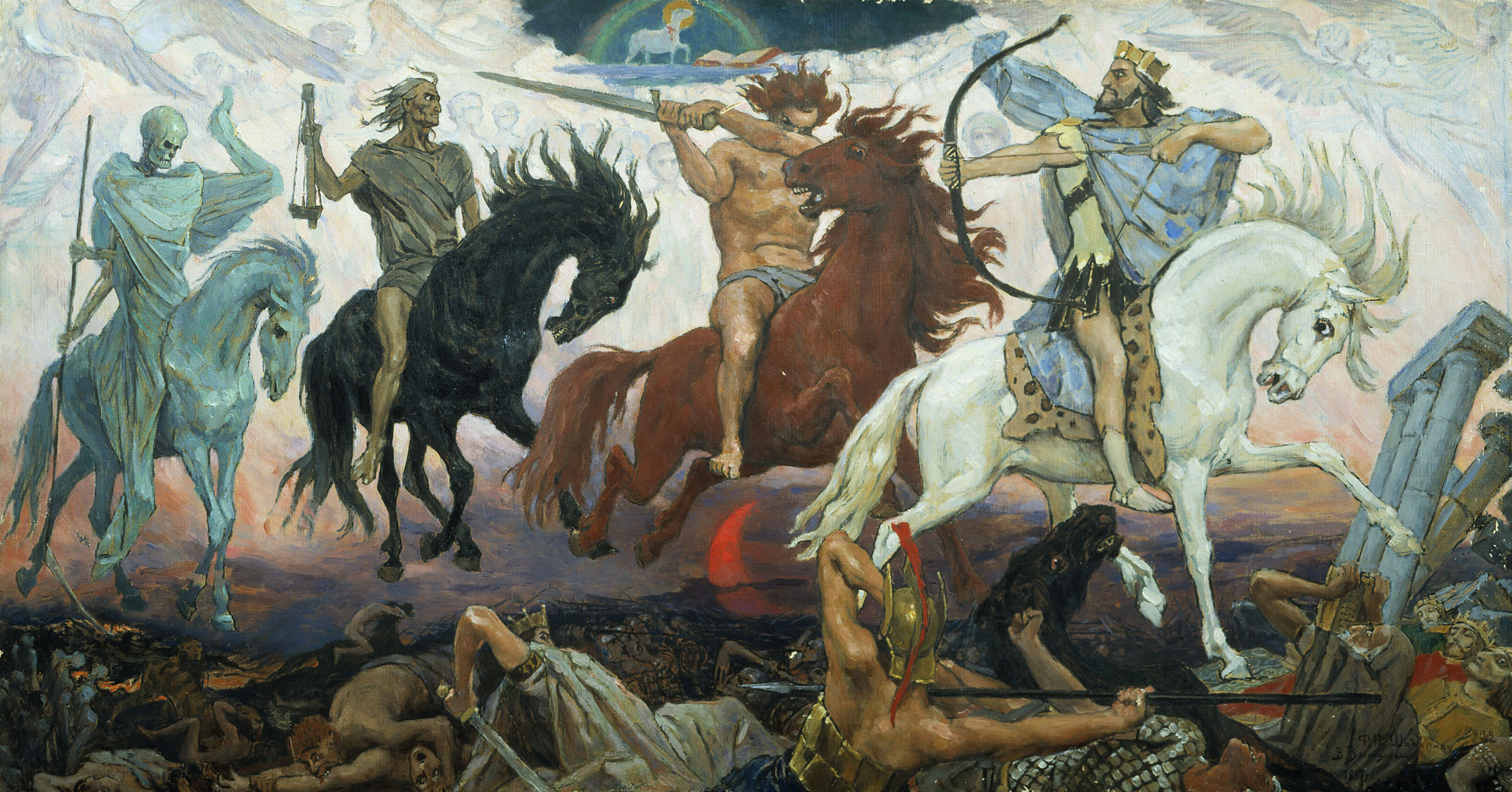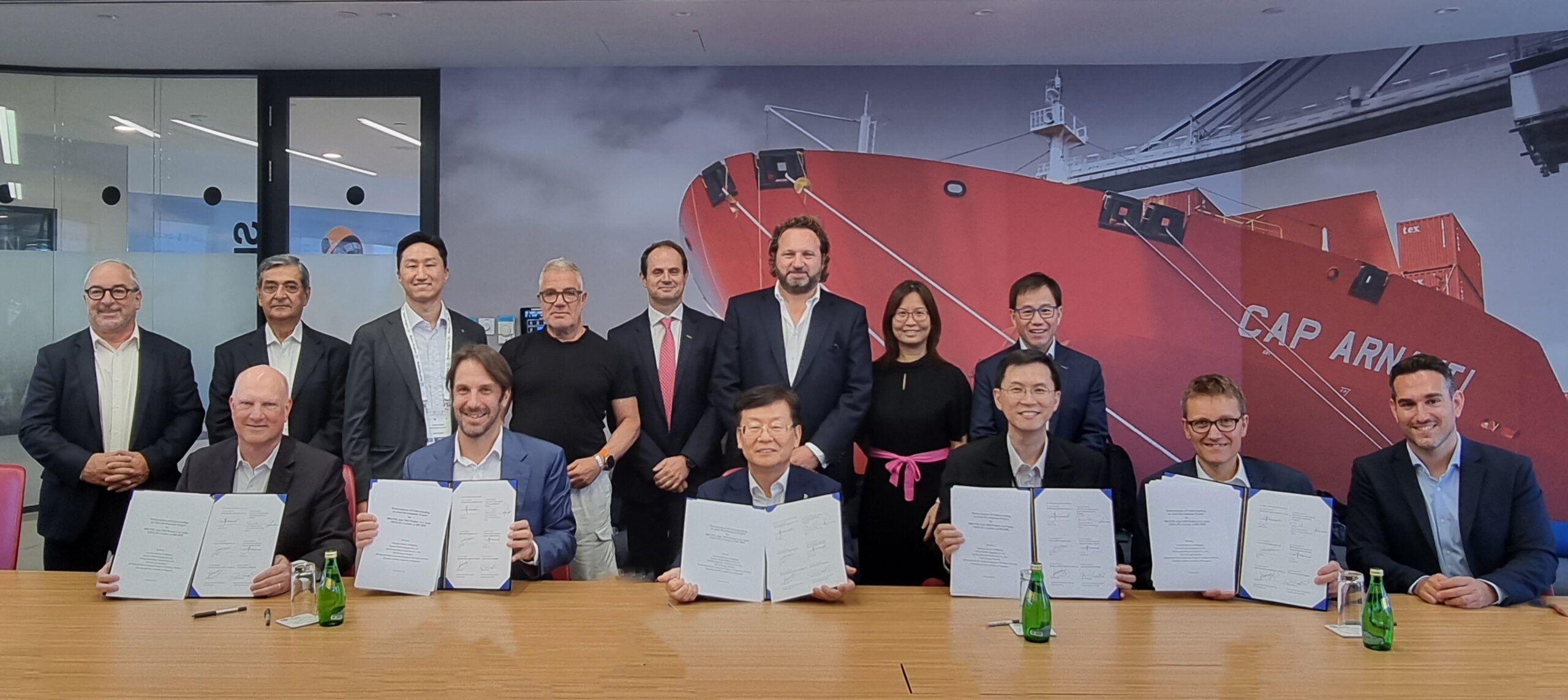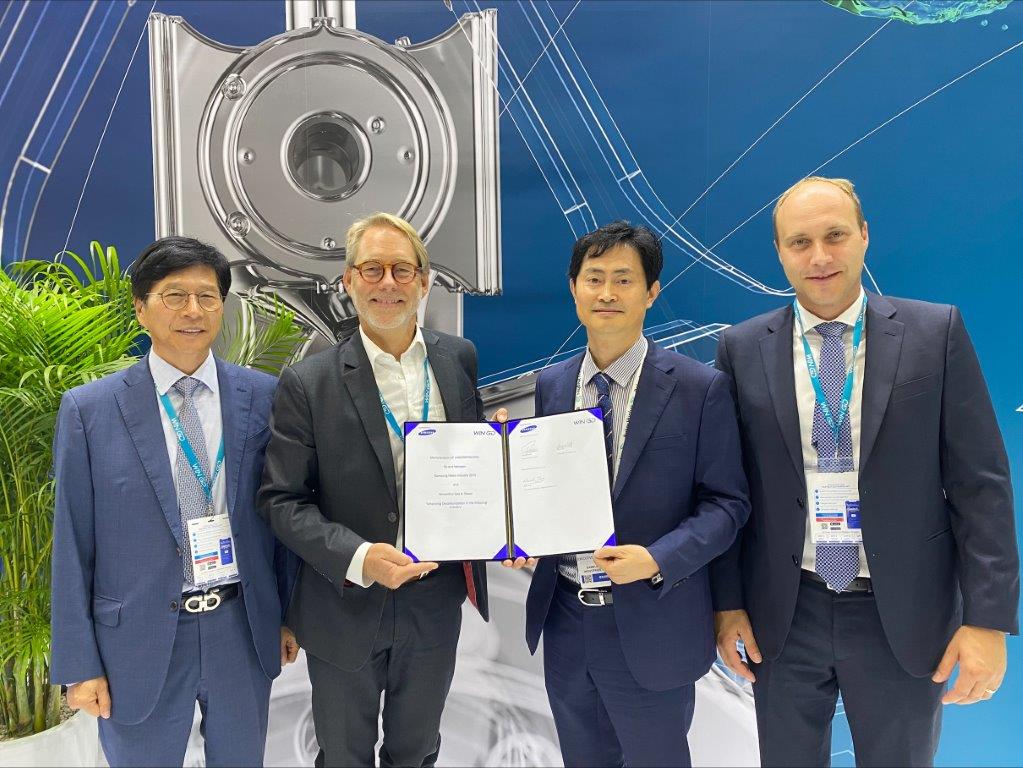The World Maritime Technology Conference focused as much on fuels as technology. The reasons are obvious. Choosing the wrong one could be apocalyptic
The four green fuels most likely to power deep sea international shipping will be ammonia, methane, methanol and biofuels according to scenarios shown during the recent world maritime technology conference, but with the complexities of pricing, regulation, safety and competition with other sectors, the transition remains unclear.
But even within these four fuel choices there are plenty of variables, such as how they are made, and their own emissions footprint (life cycle assessments), and also other power sources chasing the pack, such as nuclear, wind propulsion, while LNG seems to be stealing the bets for this decades wagers.
The World Maritime Technology Conference is organised every three years by SNAME, IMAREST and shifts around the world under the auspices of national associations. This year’s event in Copenhagen, delayed by 12 months due to the pandemic, and lower on numbers due to Asian countries not being present, was strongly focused on issues relating to the fuel transition and fuel life cycle analysis as much as technology and engineering.
Unsurprising really given how shipping, whether national, regional or international, needs to find clean fuels to use. Scientific, academic and industry speakers who tried to lay out particular scenarios repeatedly begin with comments about complexity and uncertainty. Uncertainty on electricity price that will make e-fuels competitive and coupled with that any future price on carbon. There is the uncertainty of biofuels given resources to make the biofuels. There is also some uncertainty around safety.
If the fuel transition were a race, then ammonia has been given a boost with projects, and discussions about building up infrastructure to make it, but the use of any fuel at sea comes with more safety considerations than in other industries. Methanol has of course been boosted by activities of Danish container giant Maersk Line which has begin its transition by ordering dual fuelled vessels that can be fuelled by grey/blue/green methanol.
Two immediate points coming from the papers and discussion at WMTC about the transition is this debate over grey/blue/green fuels. The largest part of the argument was the discussion about availability of affordable green hydrogen to make green e-fuels, or carbon pricing systems that make the fuels comparable in price to the cheapest hydrocarbons. The other was the life cycle discussion of the fuels and how this couples with the actual emissions form a ship’s exhaust (Methane and methanol for example still emit greenhouse gases from a ships funnel when burned in a ship’s engine, but the argument is whether their emissions are accounted for due to using captured CO2 during production – an argument for those using the term net zero as opposed to absolute zero).


































